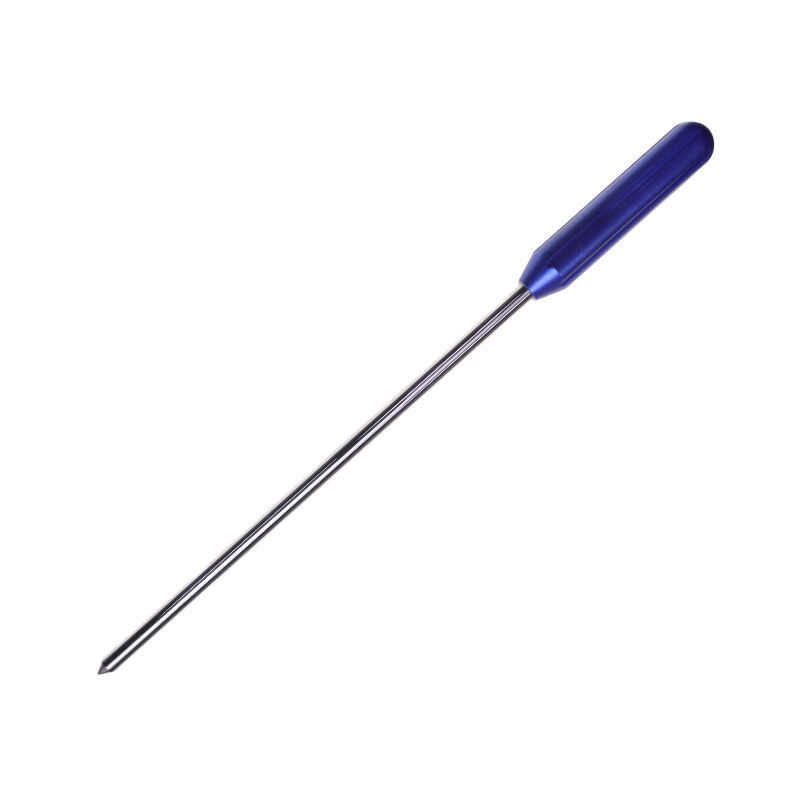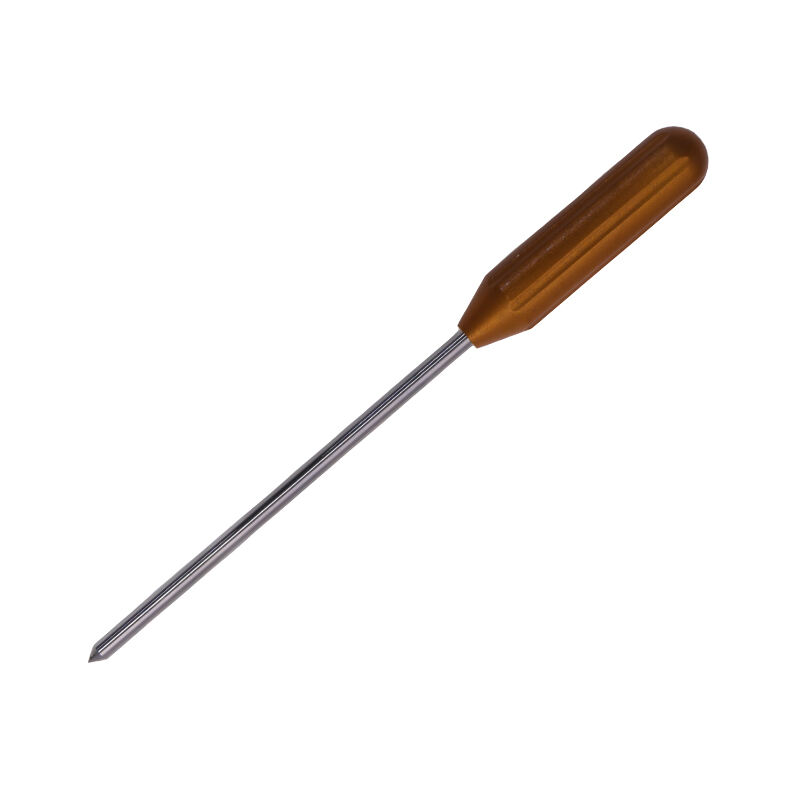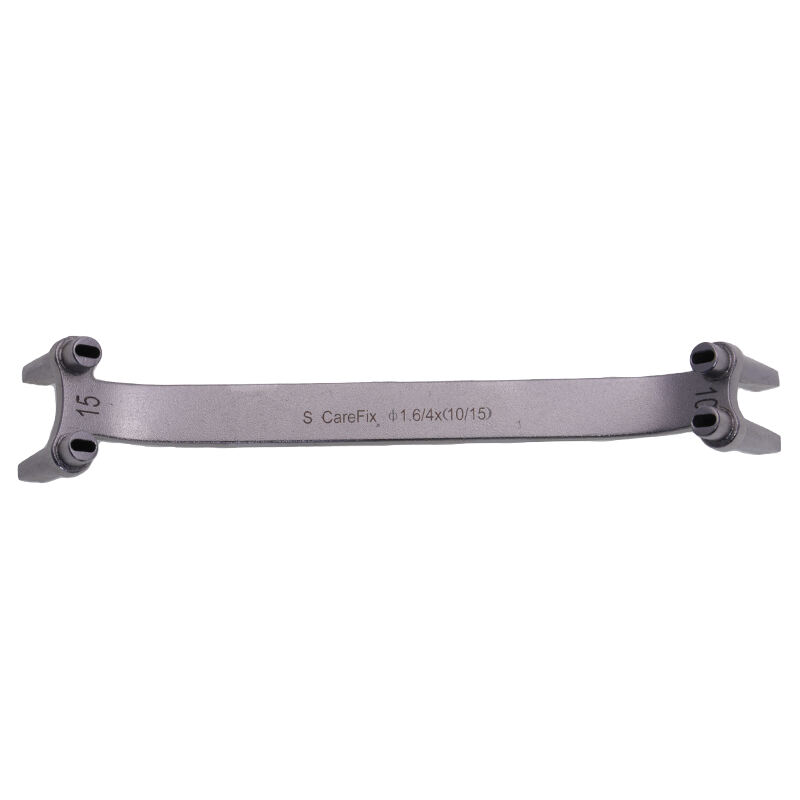orthopedic surgeon tools
Orthopedic surgeon tools represent a sophisticated collection of specialized instruments designed to perform precise musculoskeletal procedures. These tools include power equipment such as surgical drills, saws, and reamers for bone modification, alongside manual instruments like osteotomes, curettes, and specialized forceps. Modern orthopedic tools feature ergonomic designs with advanced materials such as surgical-grade stainless steel and titanium, ensuring durability and precision. Many tools incorporate digital technology for enhanced accuracy, including computer-assisted navigation systems and robotic-assisted surgical instruments. The collection typically includes measurement devices for precise implant sizing, retractors for tissue management, and specialized instruments for joint replacement procedures. These tools are engineered to minimize tissue trauma while maximizing surgical efficiency, featuring non-slip handles, optimal weight distribution, and sterilization-friendly designs. Advanced imaging integration capabilities allow for real-time visualization during procedures, while modular components enable customization based on specific surgical requirements. The toolkit also encompasses specialized instruments for arthroscopic procedures, featuring high-definition cameras and precise cutting instruments for minimally invasive surgeries.


